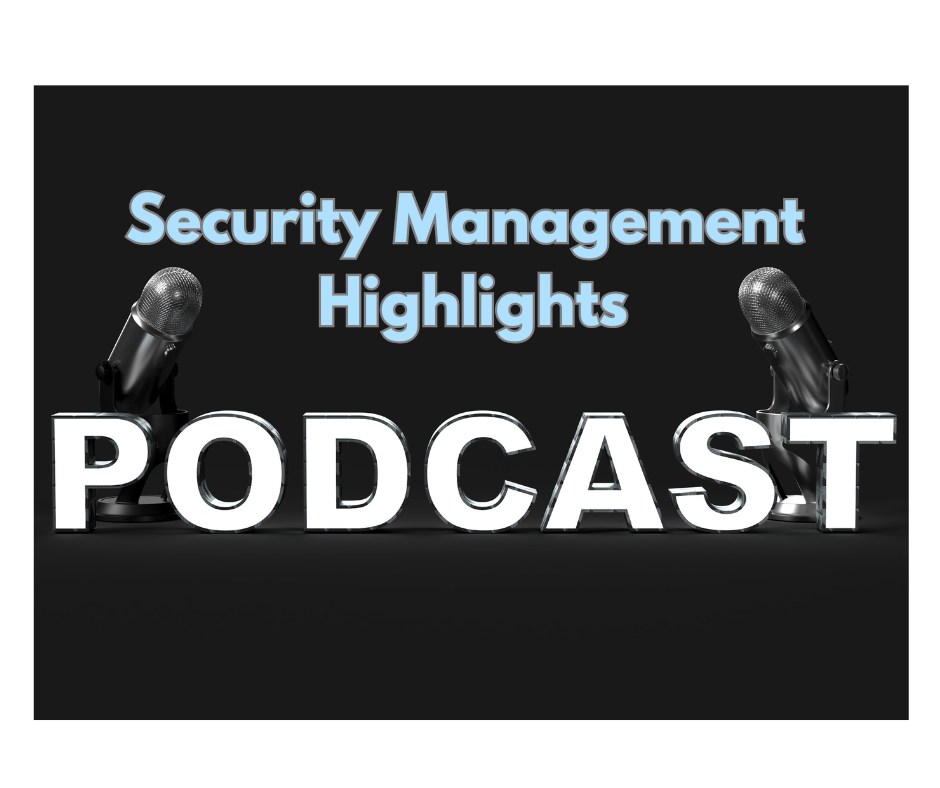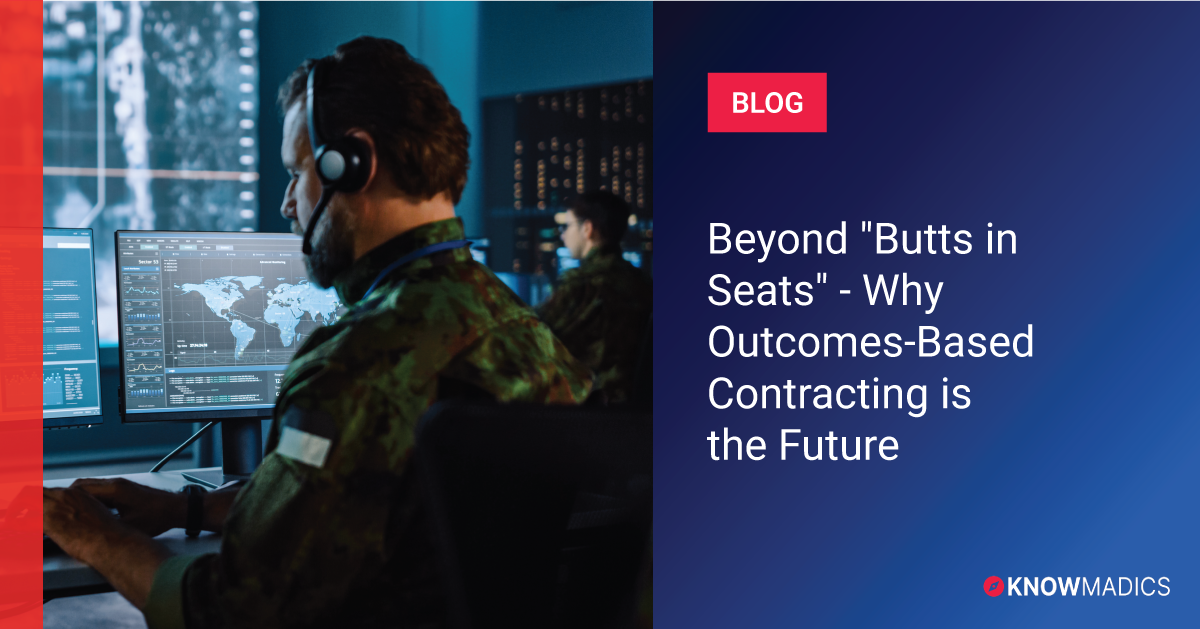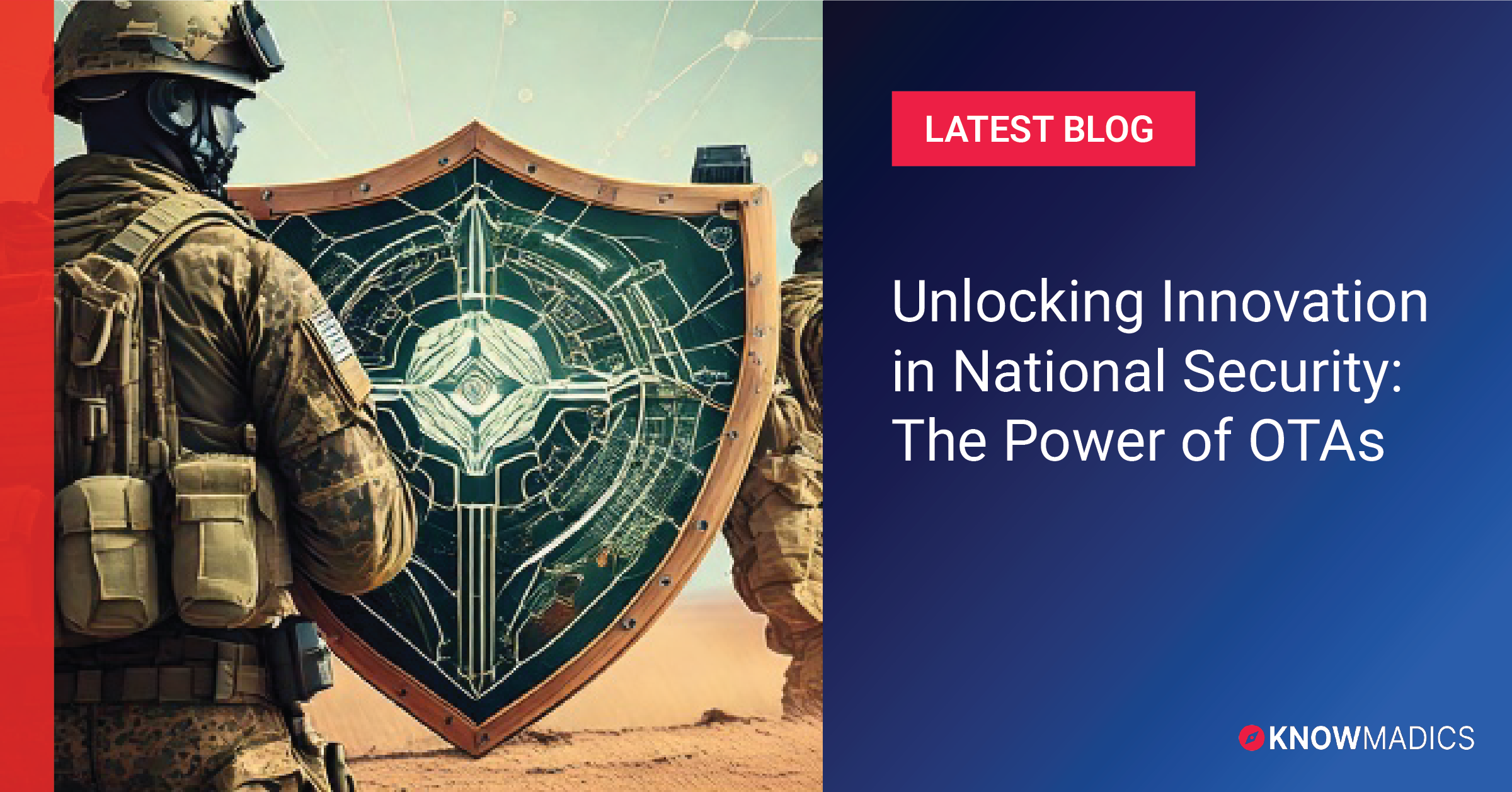Take a phased, integrated approach and make AI part of your intelligence workflow
Artificial Intelligence (AI) has recently taken center stage, especially with President Biden issuing the first-ever National Security Memorandum (NSM) on Artificial Intelligence (AI). There are still many questions around how AI can be safely used and maximized to positively impact national security. This includes how it can be used in the field of intelligence gathering and monitoring to detect and deter threats.
Recently, Knowmadics CEO, Paul Maguire, sat down with Security Management Highlights podcast host, Brendan Howard, to discuss the evolution of intelligence gathering and the impact of AI on collecting and analyzing data to improve threat detection.
Maguire and Howard kicked things off with a historical look at information gathering, focusing on the integration of human intelligence (HUMINT) and open-source intelligence (OSINT). They discussed the shift from traditional HUMINT sources, such as covertly obtained information from surveillance, to OSINT, which includes social media and commercial imagery.
With the rise of OSINT, especially social media and real-time video, Maguire highlighted that the vast amount and speed of data pose significant challenges to intelligence professionals, who are often accustomed to a slower, more deliberate process.
To help alleviate these burdens of scope and speed, AI, machine learning (ML) and other predictive tools can be used to process OSINT and “pull out the nuggets” that prove valuable for intelligence professionals to accurately analyze and detect threats.
In a world fraught with concerns around the reliability and trustworthiness of AI-derived insights—with some intelligence officers hesitant to fully rely on them—Maguire noted that the key is using AI and ML as part of a holistic approach, combining it with a human in the loop for validation, and if required, error correction.
As part of this measured, gradual approach to adopt AI/ML, he recommends:
- Gaining personal experience using AI in a controlled manner before applying it to critical intelligence products. Use AI tools like ChatGPT for personal tasks first, to get comfortable with the capabilities and limitations.
- Incorporating AI as part of a regular workflow, rather than relying on it exclusively. AI should be part of a workflow reviewed by experts, along with traditional sources.
- Staying aware of the potential issues with AI, like confirmation bias and hallucination and avoiding blind trust of the outputs. Human analysis is a critical step to ensuring trust in information.
AI is already being integrated into intelligence workflows, enhancing—rather than replacing—human analysis. While AI offers valuable tools, intelligence professionals (and consumers of their output) face challenges around trust, security, rapid technological change and user resistance. A measured adoption allows professionals to assess whether AI sources can reliably support human analysis, fostering trust and accountability in decision-making. Caution, experience and ongoing human involvement remain essential as AI finds its place in intelligence operations.
To hear the full podcast, visit Security Management Highlights.





